 |
Infectious Diseases: Environmental Management |
1.00 |
This course is focused on reducing the risk of infectious diseases in early care and education environments.
Course Learning Objectives:
List environmental management strategies for reducing the spread of germs that cause infectious disease. |
 |
I Belong: Supporting Social Awareness and Interpersonal Skills |
2.00 |
We all have lived full lives with varied experiences, both positive and negative. Whether we are aware or not, our experiences, including our social, political and cultural beliefs and background, affect our practice with youth. During this course, participants will learn about how culturally grounded beliefs and background affect our practice with youth, how to help raise our awareness of those factors, and reflect on current and new strategies that support the development young people’s social-awareness and interpersonal skills. |
 |
Effective Presentations: Building Presentations (Instructor Guide) |
1.17 |
Organization is extremely important in a presentation because the audience cannot follow your work if they become confused. Therefore, it is the responsibility of the presenter to help the audience understand the presentation from beginning to end.
This Instructor's Edition of this course includes notes and suggestions to assist you in presenting the material, whether in an in-person classroom setting, or as an instructor-led online or distance-learning course. It also provides you with the answers to questions found in mid-lesson activities, as well as in the quiz that concludes the course. |
 |
Cats |
1.00 |
This course will provide an introduction to cats, including an overview of physical characteristics, habitat, behavior, reproduction and the conservation efforts dedicated to protecting this taxonomic group. |
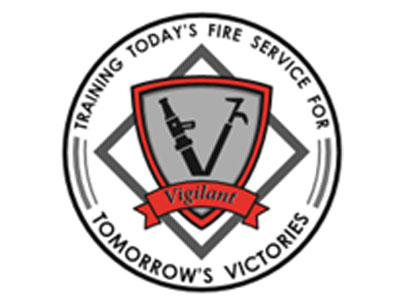 |
SCBA Review #1951 (Instructor Guide) |
1.00 |
This is the Instructor Guide for Lesson #1951 SCBA Review. This Instructor Guide is intended to prepare a lead instructor to deliver this course curriculum. Included in this guide is a review of lesson content, instructions for conducting the lesson skill activity and all required lesson materials. The lead instructor must pass this instructor guide course with a minimum score of 80% to receive the course materials for this lesson. |
 |
Customer Service: Customer Service Skills |
1.00 |
A great customer service representative should have skills in three key areas: organization (time and stress management), motivation (letting customers know you care), and communication (vocal, verbal, and visual). The core strength of a good customer service rep is sound knowledge of the organization’s products and services. |
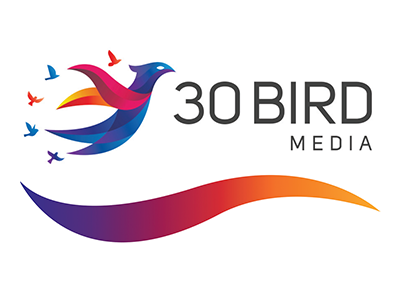 |
Microsoft Azure Fundamentals - Exam AZ-900 |
24.00 |
Azure Fundamentals - Exam AZ-900 provides basic knowledge of cloud concepts, Azure cost management and Service Level Agreements, core Azure services, core solutions and management tools, general security and network security features, and identity, governance, privacy, and compliance features. You will find this course valuable if you are just beginning to work with cloud-based solutions and services or are new to Azure. This course maps to the Azure Fundamentals AZ-900 exam.
You will benefit most from this course if you intend to take the Azure Fundamentals AZ-900 exam. Azure Fundamentals can be used to prepare for other Azure role-based or specialty certifications, but it is not a prerequisite for any of them.
This course assumes you have basic knowledge of general technology concepts, including concepts of networking, storage, compute, application support, and application development. |
 |
Employee Performance: Conflicts |
0.67 |
In any organization, there are individuals with unique personalities and responsibilities. Conflicts are an inevitable part of employee interaction. Knowing how to resolve conflicts when they arise is vital to the well-being of any company.
In this course you will learn to: identify common myths associated with workplace conflicts, common reasons that conflicts arise, and types of workplace conflict, and distinguish between conflict management and conflict resolution. |
 |
Exploring Developmental Needs and Characteristics: Age Group 5 to 7 for Paraprofessionals |
1.00 |
Certain developmental needs and traits are associated with younger school-age children, while others are typical of older school-age children. While the differences between school-age children of different ages are not clear-cut, there are some general traits and tasks that are often associated with younger school-age children. This course delves into the specific traits of students between the ages of 5 and 7. |
 |
Understanding the Behavior of Children and Youth |
2.00 |
The development of children and youth can cause them to behave in ways that can be trying for even the most knowledgeable and experienced staff. When staff understands what is driving the behavior, they can help to guide and encourage acceptable behaviors. This course will provide participants with the knowledge and skills necessary to prevent unwanted behavior by meeting the needs of children and youth before they act out. |
 |
Collaboration with Team Members for Paraprofessionals |
1.00 |
This course covers collaboration with team members for paraprofessionals. You will learn what collaboration looks like in the school setting and what it means to use effective collaboration strategies. This course will also dive into what it means to be an effective communicator in the professional setting. |
 |
Orangutans |
2.00 |
This course will provide an introduction to orangutans, including an overview of physical characteristics, habitat, behavior, reproduction and the conservation efforts dedicated to protecting this fascinating species. |
 |
Call Center Management: Communicating Information to Executives |
0.75 |
This course will cover how to identify the information that executives need and communicate with executives. |
 |
Forklift Safety |
1.00 |
This course covers the proper handling and safe operation of forklift truck machinery. This includes some of the hazards operators face as well as tips for proper load centering and proper load capacities to prevent tip-overs. |
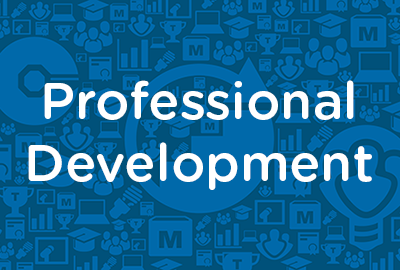 |
Interviewing Skills: Federal Laws |
0.67 |
Congress enacted the Americans with Disabilities Act (ADA) to provide a clear and comprehensive mandate to eliminate discrimination in employment against individuals with disabilities. This Act continues to have long-term benefits for American businesses, since it helps ensure that all workers have an opportunity to maximize their contributions to the productivity of the American economy.
The Immigration Reform and Control Act (IRCA) was signed into law in 1986 because of the large number of illegal aliens working in the United States. The purpose of the Act was to preserve jobs for those who are legally entitled to these, such as U.S. citizens and foreign nationals eligible to work in the United States. The Act is not a negative response to the diversification of the work force, but rather an acknowledgement of it, protecting the rights of both employer and candidate.
In this course you will learn to: define disability and identify the questions that are prohibited by the Americans with Disabilities Act, and hire employees legally under the Immigration Reform and Control Act and use Form I-9. |
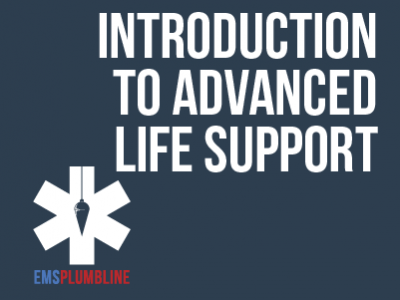 |
Constructing: Sepsis for Paramedics, Part 2—Fluid Resuscitation |
1.00 |
If you think caring for sepsis patients is not an interesting topic, you might want to think again. Medical Directors Jeremy Cushman and Christopher Galton, give Paramedic Hoskins a passionate description of proper patient care. Fluids are important and this is why. Final Exam: This multiple choice exam is designed to test your knowledge of the material you just reviewed. You have two attempts to gain an 80% or higher on this exam. Please take your time and answer each question carefully. |
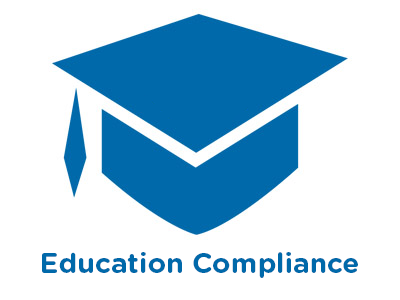 |
A Student Guide to Fire Safety |
0.50 |
Between January 2000 and May 2015, 85 fatal fires in dorms, fraternities, sororities, and off-campus housing took the lives of 118 people. This course offers students a refresher about fire safety, including the main causes of campus fires, the actions students can take to prevent fires, and the importance of working smoke alarms and knowing two ways out.
|
 |
Presentation Methods and Debriefing Activities |
2.00 |
There is no "one size fits all" approach to working with children and youth, and this is especially true when it comes to how we present and debrief activities. During this course, participants will understand the importance of the delivery and debriefing of an activity to help children and youth make meaning, as well as some specific methods that can be incorporated into the program right away. |
 |
Suicide in Older Adults |
1.00 |
In this course you will learn about: The demography of aging and suicide; Risk and protective factors; and approaches to prevention, including indicated, selective, and universal prevention. |
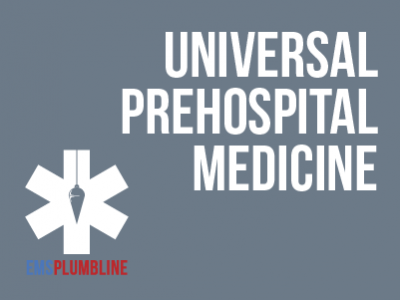 |
Communicating with the Deaf Sign Language User |
1.00 |
This training was developed by Dr. Jason Rotoli, Deaf Health Pathways Director, University of Rochester School of Medicine and Dentistry in conjunction with Dr. Jeremy Cushman, Chief of the University of Rochester’s Division of Prehospital Medicine. Funding for the Care of the Culturally Deaf education was provided by Society of Academic Emergency Medicine. Continuing Education provided by EMSPlumbline
Final Exam: This multiple-choice exam is designed to test your knowledge of the material you just reviewed. You have three attempts to gain an 80% or higher on this exam. Please take your time and answer each question carefully. |
 |
Call Center Management: Managing for Excellent Service |
1.00 |
This course will cover how to set service levels, achieve service levels, and use reports. |
 |
Falls in Construction |
1.50 |
This course is in English. We also have a version of this course in Spanish. In this course, you will watch videos on various types of falls that can occur while working in construction. You will learn about floor openings, fixed scaffolds, bridge decking, reroofing, skylights, and leading-edge work. |
 |
Human Relations Skill Development: Communication and Team Building for Paraprofessionals |
1.00 |
Being able to communicate effectively is an essential human relations skill for paraprofessionals. To be a good communicator, paraprofessionals need to understand the components of communication, and how the communication process works. They need to identify barriers to clear communication and develop strategies for minimizing or eliminating barriers to communication. Assessing the current status of personal human relations skills helps each professional identify priorities for making improvements to these skills. |
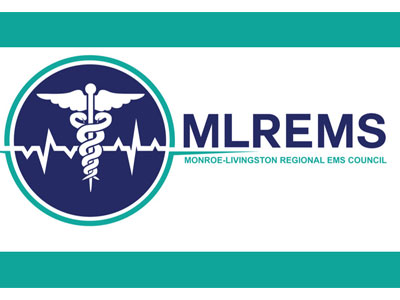 |
Constructing: FAST-ED Overview |
1.00 |
Professor of Emergency Medicine and Chief of the Division of Prehospital Medicine at the University of Rochester, Jeremy Cushman, brings his experienced team of prehospital providers together to discuss the benefits of Field Assessment Stroke Triage for Emergency Destination (FAST-ED). You will want to take notes and download your favorite smartphone app. This lesson is sure to spark an excellent discussion with your training officers and/or medical director(s).
Final Exam: This multiple choice exam is designed to test your knowledge of the material you just reviewed. You have two attempts to gain an 80% or higher on this exam. Please utilize the smartphone app of your choosing and take your time and answer each question carefully. |
 |
Business Accounting: Stockholders' Equity |
1.50 |
This course will cover how to identify various types of stocks and calculate the value of a corporation’s stock as well as how to use financial ratios to calculate book value and market value per share. You will also learn how to identify the components of stockholders’ equity and report stockholders’ equity on financial statements. |


























